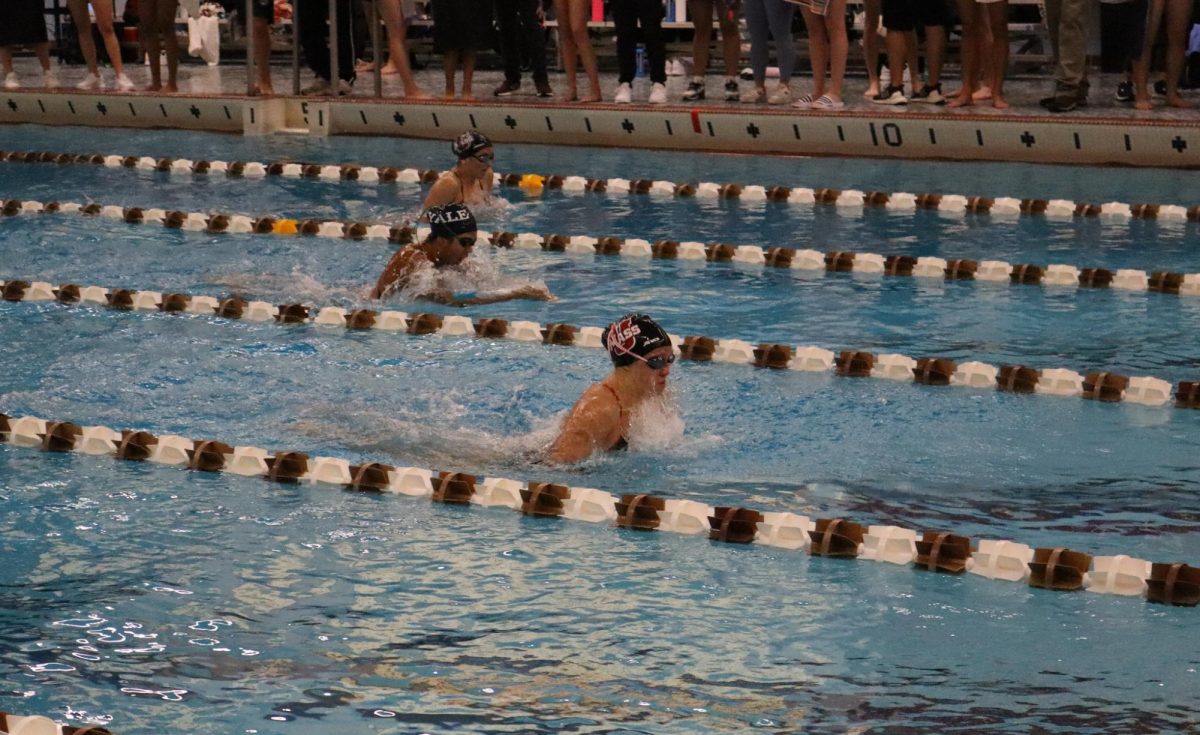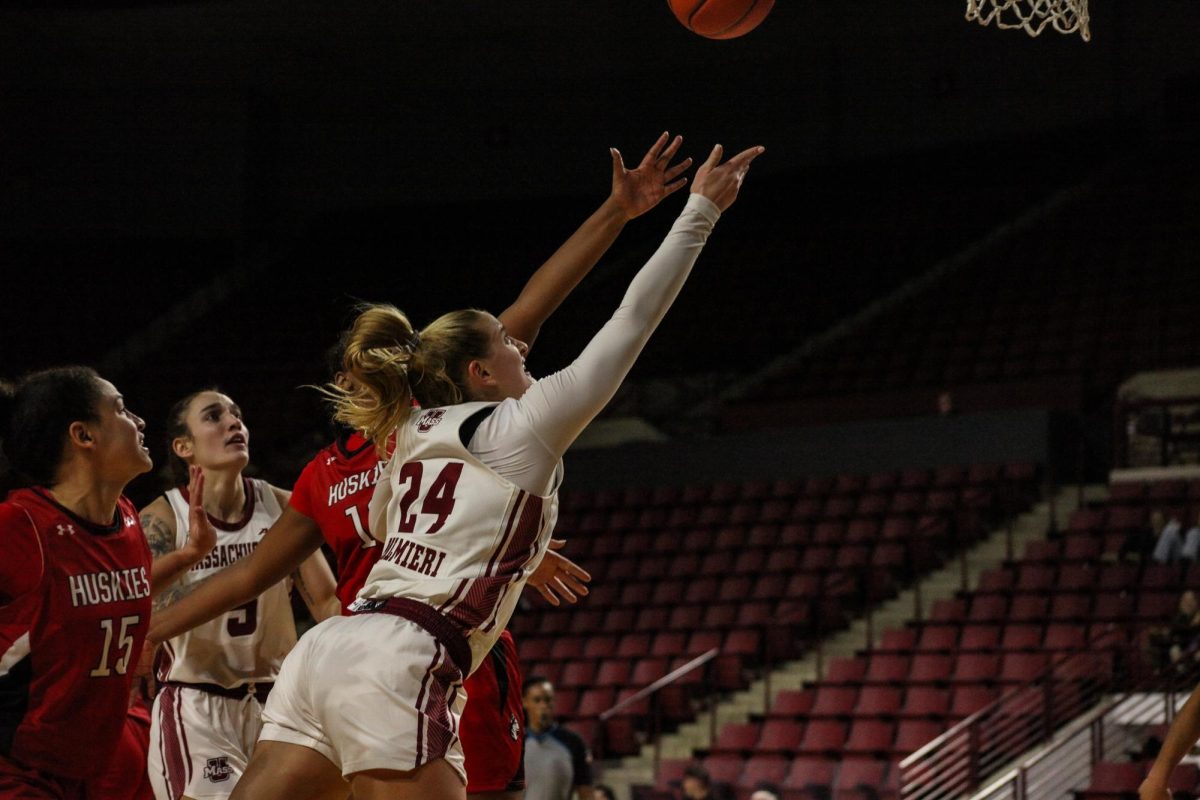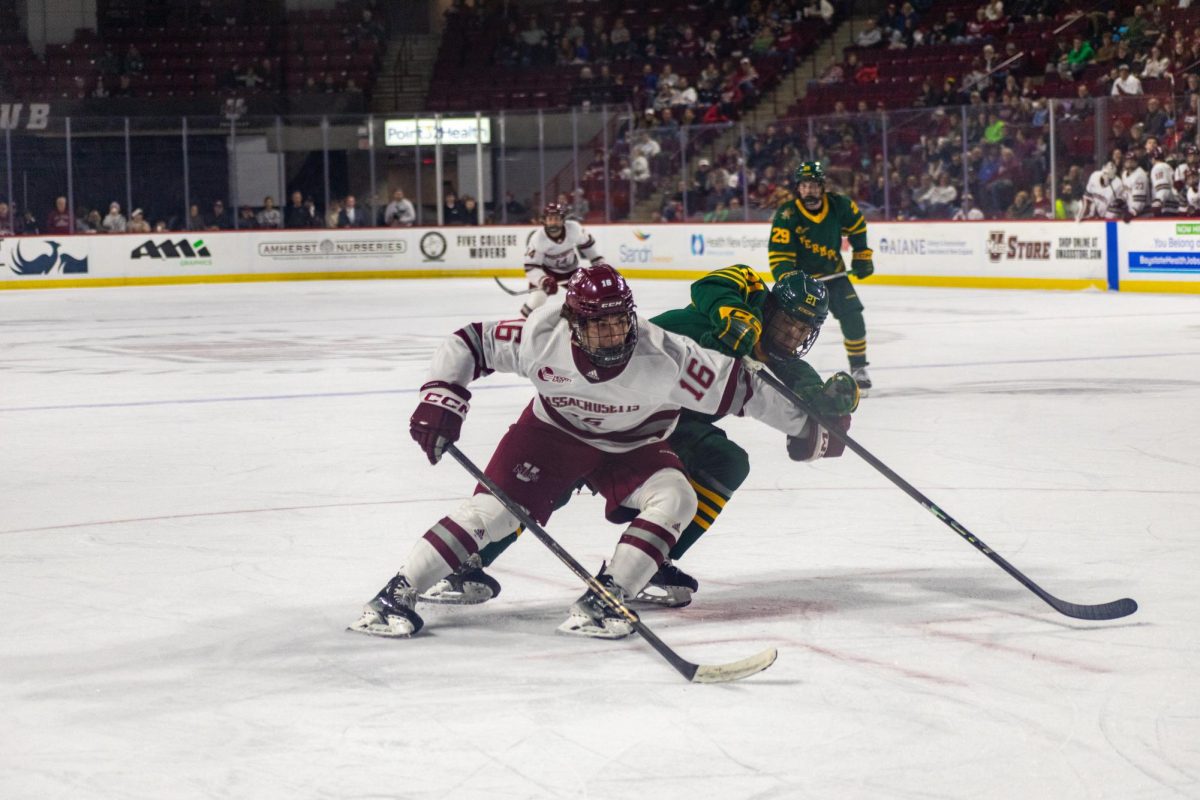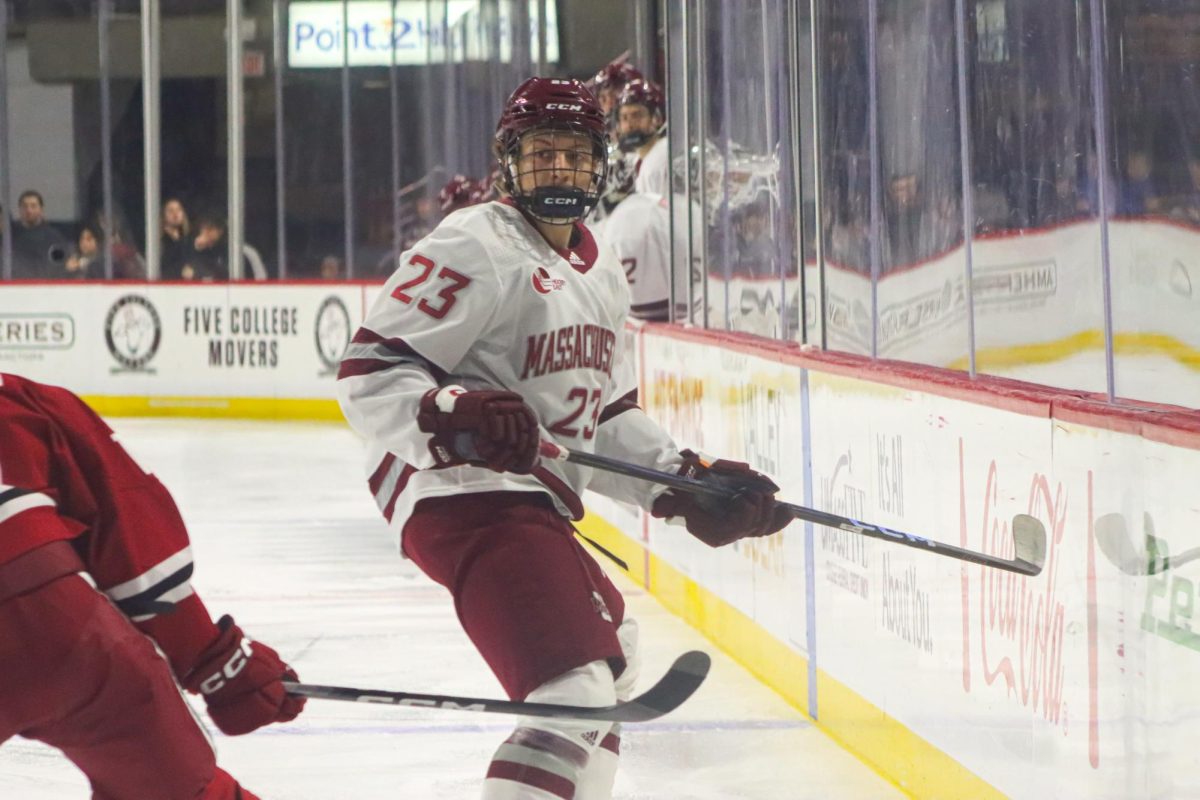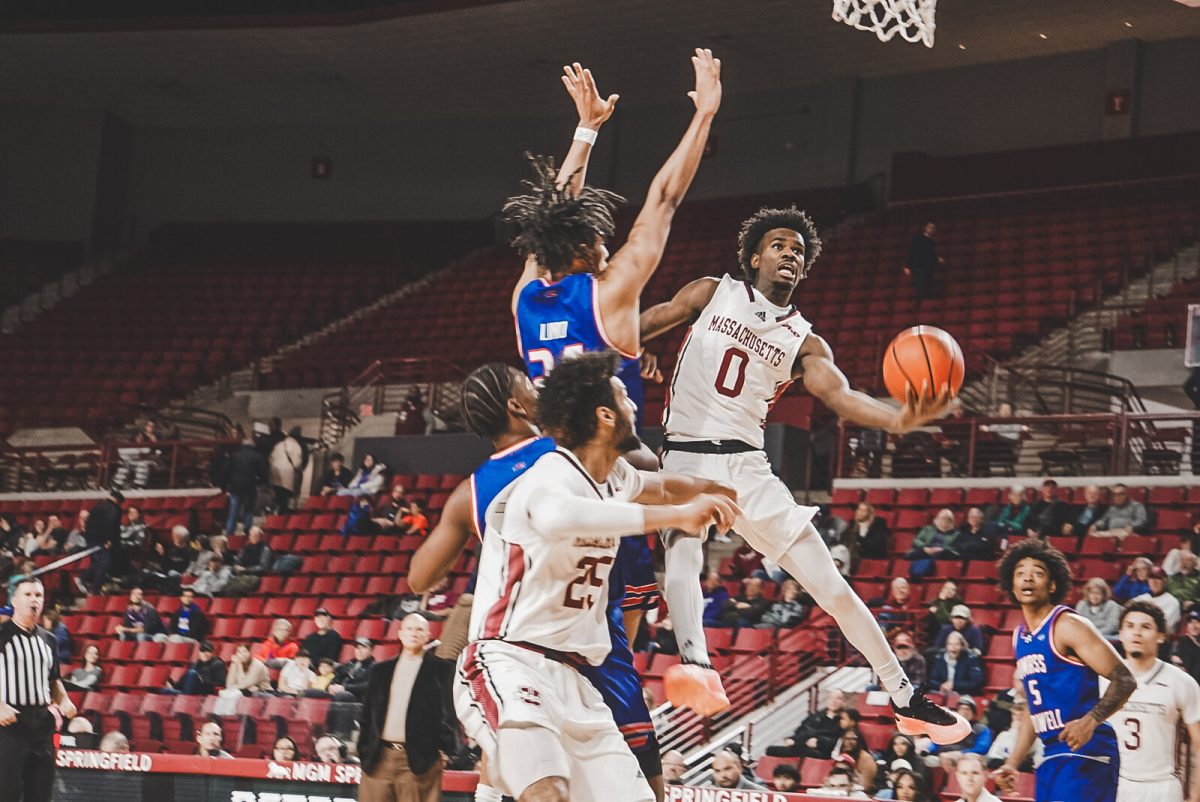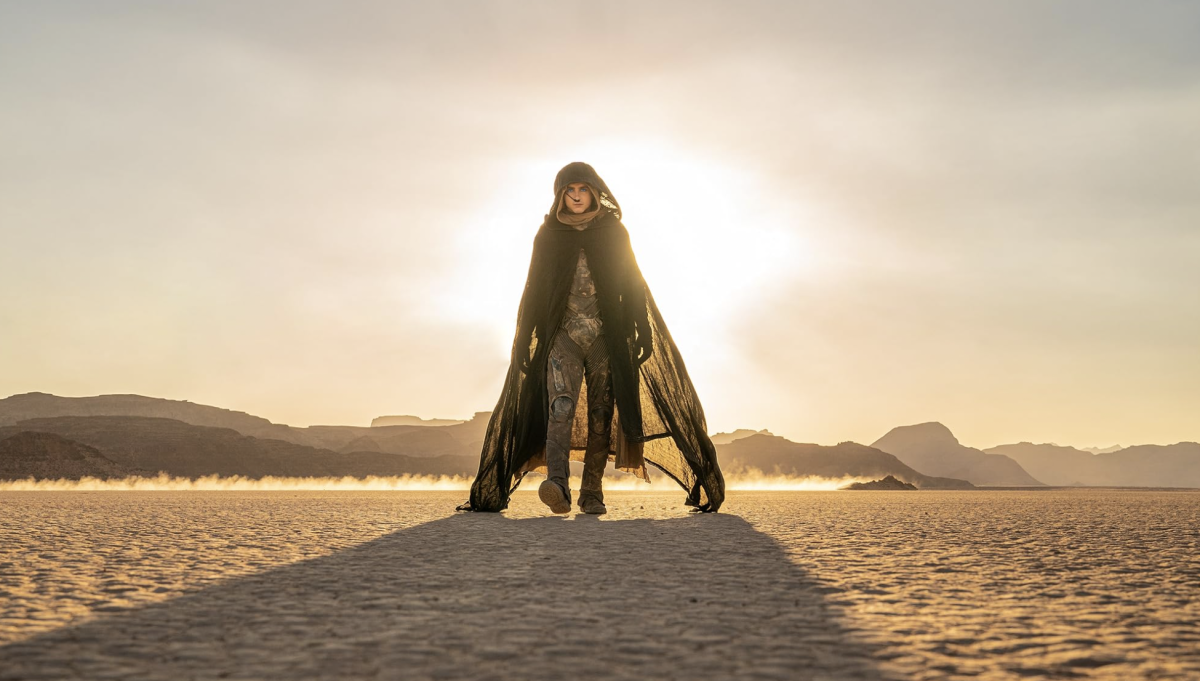On Oct. 11, 1975, audiences gathered around their televisions to watch the first episode of “NBC’s Saturday Night.” On the 49th anniversary of the episode airing, audiences visited theaters to see “Saturday Night,” a film dramatization of the night the show first aired.
Written by Jason Reitman and Gil Kenan and directed by Reitman, “Saturday Night” takes audiences through the 90 minutes before the first episode of what we know as “Saturday Night Live” aired. Following a young Lorne Michaels (Gabriel LaBelle), the audience is taken through “Studio 8H” to see the making of live television.
The film begins with a famous quote attributed to Michaels, the show’s creator and executive producer: “The show doesn’t go on because it’s ready; it goes on because it’s 11:30.” The quote foreshadows the chaos that ensues as Michaels, the rest of the cast and crew prepare for a show that is nowhere near ready for primetime.
Michaels runs around the studio and all over the building, looking over final cuts of pre-recorded sketches, attempting to get John Belushi to sign his contract, handling deliveries to the studio, meeting with network executives, replacing members of his crew and more. As time ticks, he tells everyone around him “we just need to make it to 11:30.”
Just 10 minutes before the show goes live, Network Executive Dave Tebet (Willem Dafoe) says the show isn’t ready to air. In this moment, facing the threat of defeat, Michaels is finally able to verbalize what the show is and shows Tebet snippets of “Saturday Night.” With Tebet’s approval, Billy Preston plays audiences into the venue, Michaels finalizes the show’s layout and the crew set up the studio.
Back in the control room, the directors prepare for 11:30. In the five seconds before air, Tebet leans forward, points his finger and utters two words that change the course of Michaels’ life: “Go live.” Michaels watches his creation become a reality in front of a live studio audience.
The film features portrayals of the original not ready for primetime players, including Chevy Chase (Corey Michael Smith), Belushi (Matt Wood), Gilda Radner (Ella Hunt), Dan Aykroyd (Dylan O’Brien), Laraine Newman (Emily Fairn), Garrett Morris (Lamorne Morris) and Jane Curtin (Kim Matula).
Reitman does an excellent job capturing the organized chaos of creating live television. When Michaels first enters the studio at the beginning of the film, the camera starts a continuous shot lasting several minutes that follows the cast around the studio. Swift camera movements jump from actor to actor following the action as it unfolds, making the audience feel like they’re in the studio. This shot also helps introduce the audience to the setting in which much of the film takes place. We see an overview of the hallways behind the sound stage, cast members dressing rooms, the control room and more.
Throughout the film, Reitman incorporates shaky camera work that puts the audience in Michaels shoes. It feels like you are in the room by Michaels side, running alongside him throughout the studio. You are in the trenches with the cast. The soundtrack, composed by Jon Batiste who also played Billy Preston, is reminiscent of the famous “SNL” theme and goodnight songs. It is a simple yet effective way of immersing you in the film’s setting.
Reitman makes good use of space. The majority of the action takes place in a recreation of Studio 8H. Despite most of the action being limited to a small space, Reitman makes it feel like an entire world to be conquered. There is always something happening across the room that grabs your attention. You are rarely only focused on one thing; there are a million things happening– all in 90 minutes.
During the chaos, timestamps help the audience follow along. Even during long stretches without timestamps on screen, a character will announce how long until air either directly to Michaels or while directing the cast and crew. Despite knowing how the show panned out, I found myself on the edge of my seat during the film, wondering how Michaels would pull it all off.
Watching clips from the first episode after seeing the movie, I was amazed by the accuracy of the casting and set design. Hunt’s performance captures the bubbliness in Radner’s voice. Batiste’s purple suit looked nearly identical to Preston’s outfit. Reitman, along with performances by Wood, Smith and Tom Dewey as Michael O’Donoghue, perfectly recreated the show’s first cold open. Each actor flawlessly embodied their character.
Throughout its run on air, “SNL” has established itself as one of the most influential shows in television comedy history. It’s hard to imagine a time when “SNL” wasn’t the success it is; but that’s exactly what this movie shows. A group of inexperienced 20 to 30-year-olds trying to find their place on live television. We now know the cast as comedy legends, but the movie takes place entirely before their big break.
LaBelle’s performance balances the confidence, bordering on cockiness at times, of a young Michaels with the underlying anxieties of wanting the show to succeed. Smith shows both the confident Chevy Chase we all know and a more vulnerable version of him before he broke into the spotlight. Confronted with television powerhouse Milton Berle (J.K. Simmons) trying to steal his girlfriend, we see a twinge of insecurity creep across Smith’s face, which is uncharacteristic of the version of Chase we’re familiar with.
Though the movie is a dramatization and may not be entirely accurate in its portrayal of the night’s events, Reitman beautifully captures the atmosphere of the studio. The cast exhibit the giddiness and anxieties of a group about to be on live television. Dafoe’s delivery of “go live” sent chills down my spine, and I found myself smiling at the end of the film with LaBelle, proud of everything Michaels accomplished.
Original cast member Dan Aykroyd took to X, writing, “What a propulsive, engaging, funny, beautifully cast and acted, suspenseful, adventurous, music-filled ride. A perfect window into the creative process at its highest level. Pretty accurate too. I was there that night and got to relive it wonderfully again.”
“Saturday Night” is a beautifully made tribute filled with chaos and passion. Whether you’re a fan of “SNL” or have never seen an episode, it is worth a watch on the big screen.
Asha Baron can be reached at [email protected] and followed on Twitter/X @ashajbaron.




